- Call us now
- (813)-928-5785
- Email at
- TreeSquirrelz@gmail.com
An illustrated example of step voltage
As current flows down a tree and moves from the roots into the soil, a great difference in electrical potential exists. As the charge disperses through the soil this electrical differential is called Step voltage. People or animals standing in the area may inadvertently conduct this potentially deadly flow.
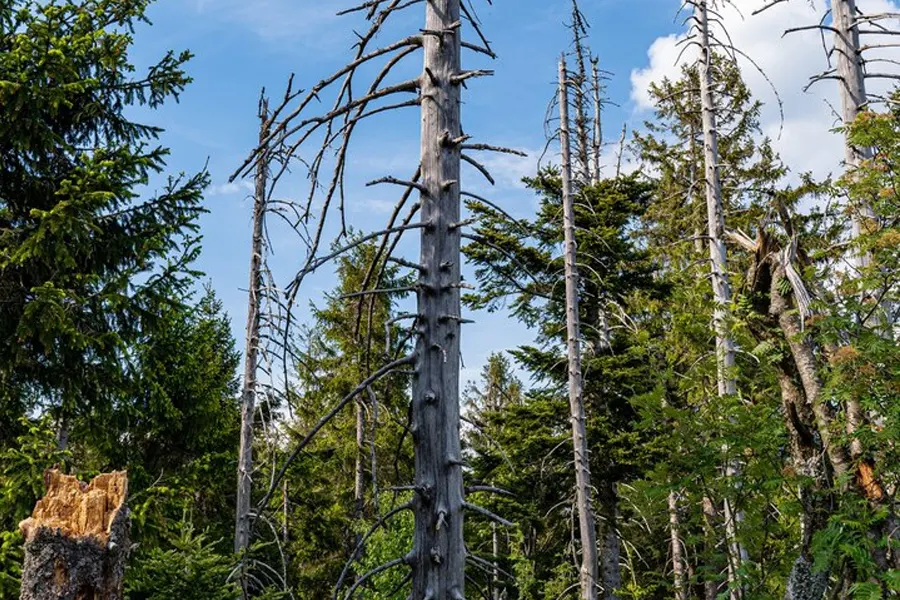
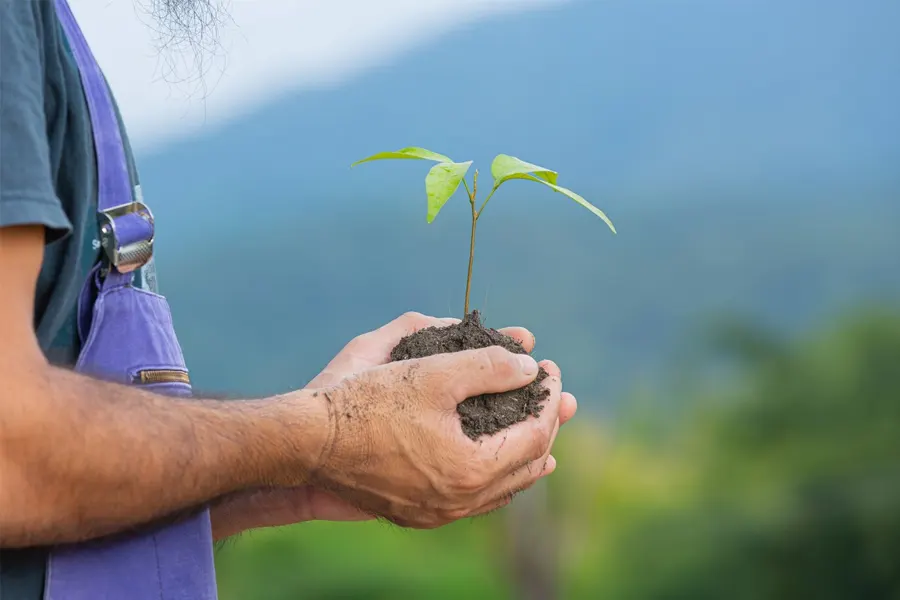
Tree lightning Protection systems help to reduce step voltage however it can still occur as current leaves the ground component of the system. Sometimes when trees are struck the electricity will travel part way down the trunk and then arc over to objects of lower resistance. This phenomenon is known as side flash, and is one of the main reasons to protect trees near homes and buildings.
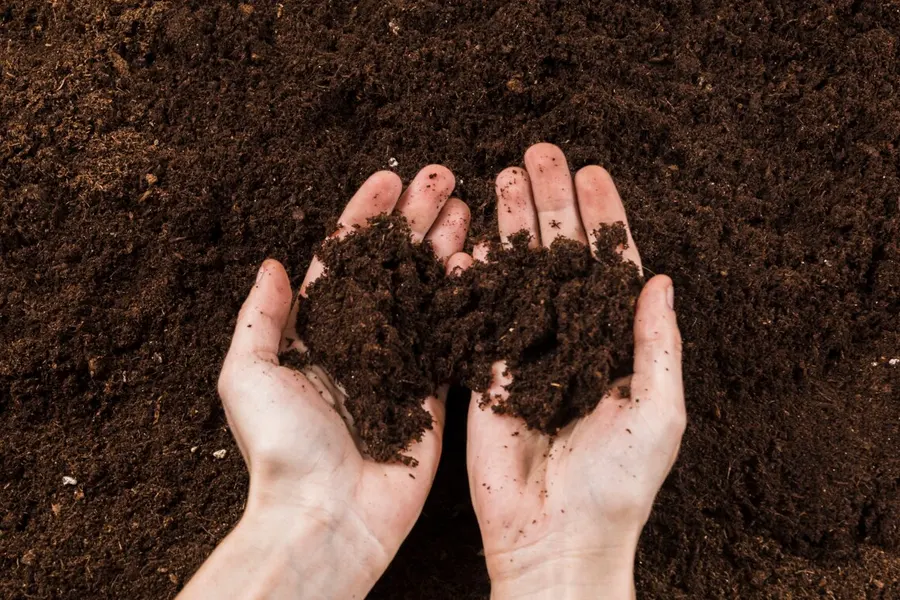
Trees such as this grand live oak are good cadidates for tree lightning protection systems
Some other reasons for installing a tree lightning protection system are the preservation of historical, rare or specimen trees.
Trees on golf courses or in parks or public grounds where people congregate are also good candidates. (The standard for the installation of lightning protection system, national fire protection association 2004) recommends installation of tree lightning protection systems in trees that are within 10ft of a structure, are taller than the adjacent structure or with limbs over hanging the structure.
The concepts and components of these systems are relatively simple. It should be noted however that no two systems are ever exactly the same. Each system must be designed with each tree’s individual limb structure in mind. Larger trees for instance (generally greater than 36 inches in diameter), may require the use of two primary grounding cables, and two grounding rods. These should be installed 180 degrees from each other, and tied together to promote even dispersal of electrical flow. Installing these protection systems, can therefore sometimes be time consuming depending on tree height, overall canopy spread and number of secondary connections needed to ensure optimal protection.
If you would like to have lightning protection systems installed on one or more of your trees, please feel free to call us. All of our arborists are professionally trained in this specialized area of arboriculture. We can advise you on how and which trees should be protected, and can design and install the most sustainable and best possible long term system to ensure the health, safety and protection of your trees and property.
Tree Support
Cabling and Crown Stabilization Cavity Repair
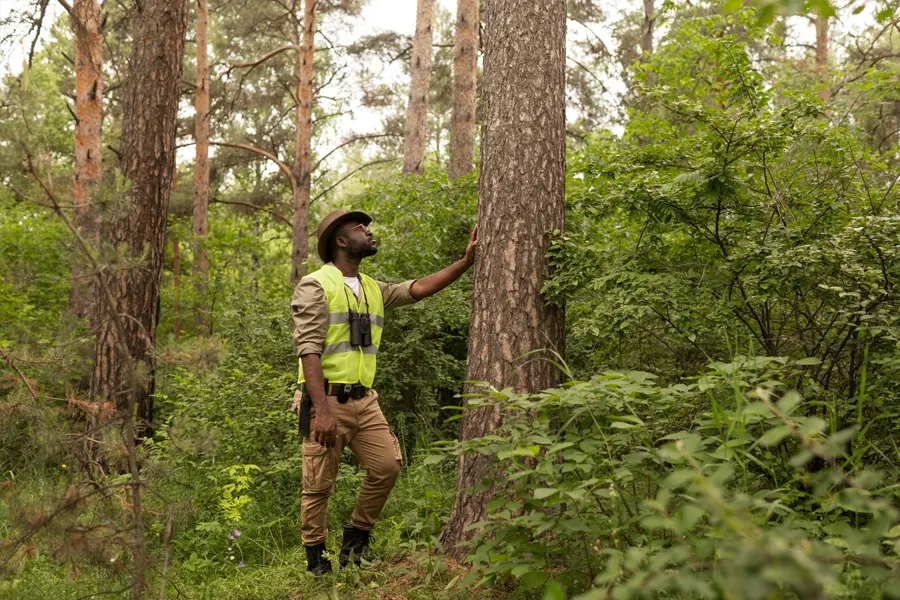
A few of the ways Mother Nature takes care of trees is by allowing weak or defective ones to decay, break and die. It’s a good plan that works well in the forest.
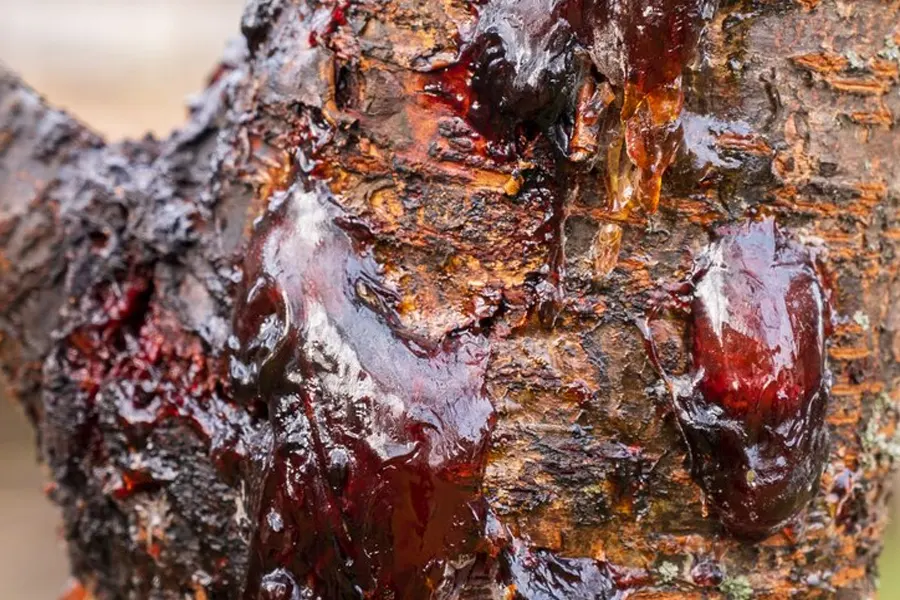
The trees in our urban environments however are another matter altogether. These trees are often growing along our streets, in parks or around our homes and businesses. Sometimes they are grand specimen trees, or are of important historical value. Sometimes they are in high traffic areas where people or animals congregate. It is therefore important to ensure the optimal stability of these trees.
Cabling, bracing and guying are tree support and stabilization systems used to provide supplemental support to trees or parts of trees, that are failing or at risk of failure. These systems are designed to reduce the risk of structural failure and the potential for flying lawsuits that can sometimes be associated.
Certain conditions predispose trees to structural failure. Some of these are: Tree species, poor tree architecture i.e. (co-dominant stems, trunks or leaders, narrow V- shaped branch unions, root damage and uneven growth. Rot or decay and storm damage can be other factors as well.
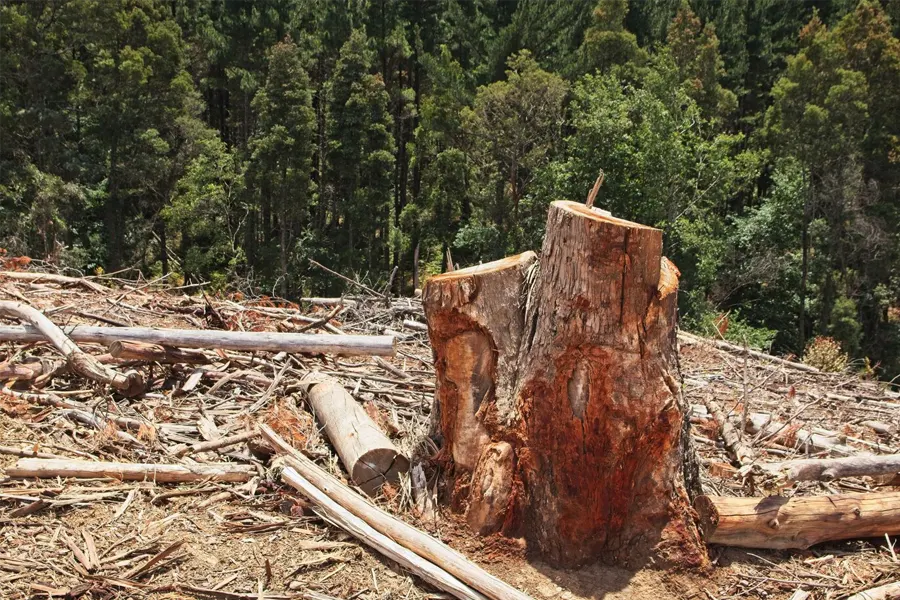
Trees such as this one are prone to failure because the co-dominant trunks were never addressed early on in the trees life
The presence of co-dominant stems is actually one of the most common risk factors associated with structural failure in trees. It is basically where two or more competing stems or leaders are allowed to develop and become large, which in many cases creates a narrow forked branch union. As the tree continues to grow, this branch union inevitably becomes weaker. This is caused by the presence of ingrown or (included bark), which becomes trapped between competing stems or leaders, thus preventing the formation of consistently strong connective wood fiber that would other wise anchor the competing stem to the tree.
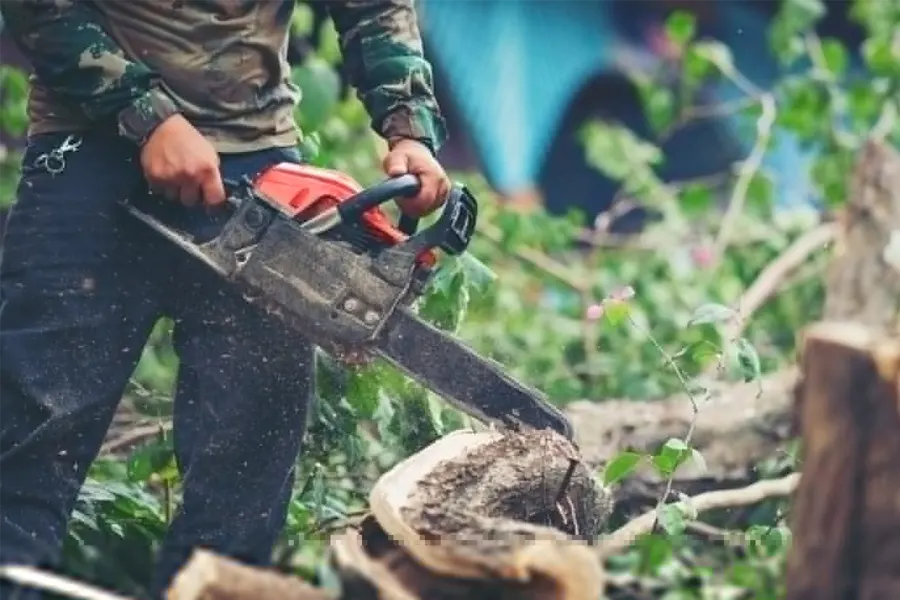
Overly elongated limbs should be subordinated or removed to reduce the likley hood of failure
Another condition that is associated with structural problems is the presence of long heavy or over extended limbs. These are limbs that are unusually long for the particular species, or grow horizontally or downward with most of the foliage concentrated towards the end of the branch. Breakage resulting from these conditions often occurs at the junction of the branch and stem.
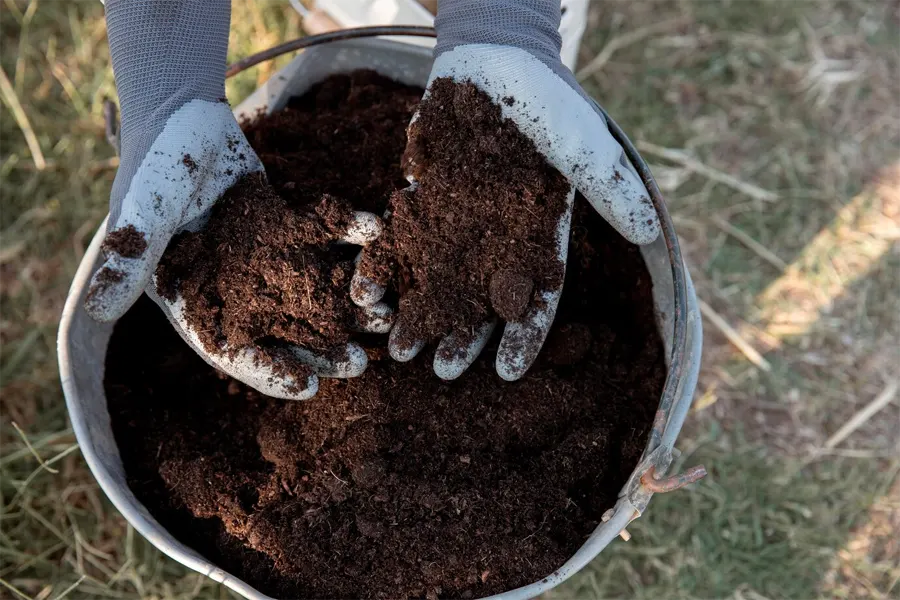
Alternately the branch may crack due to the forces of tension and compression. These failures often occur when the branch is subjected to heavy loading such as wind, snow or ice.
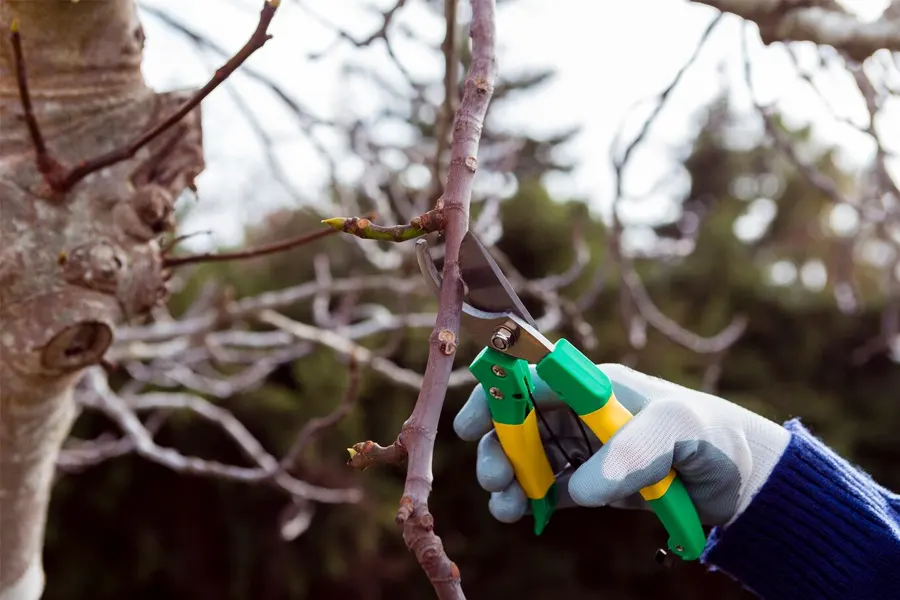
Ideally many of the factors that contribute to structural failure can be eliminated or mitigated by proper pruning and training, such as the removal of or subordination of co-dominant stems or leaders early on in the first 10 to 25 years of growth, or the removal or subordination of elongated limbs and branches that have out grown the basic shape of the tree creating an imbalance.
